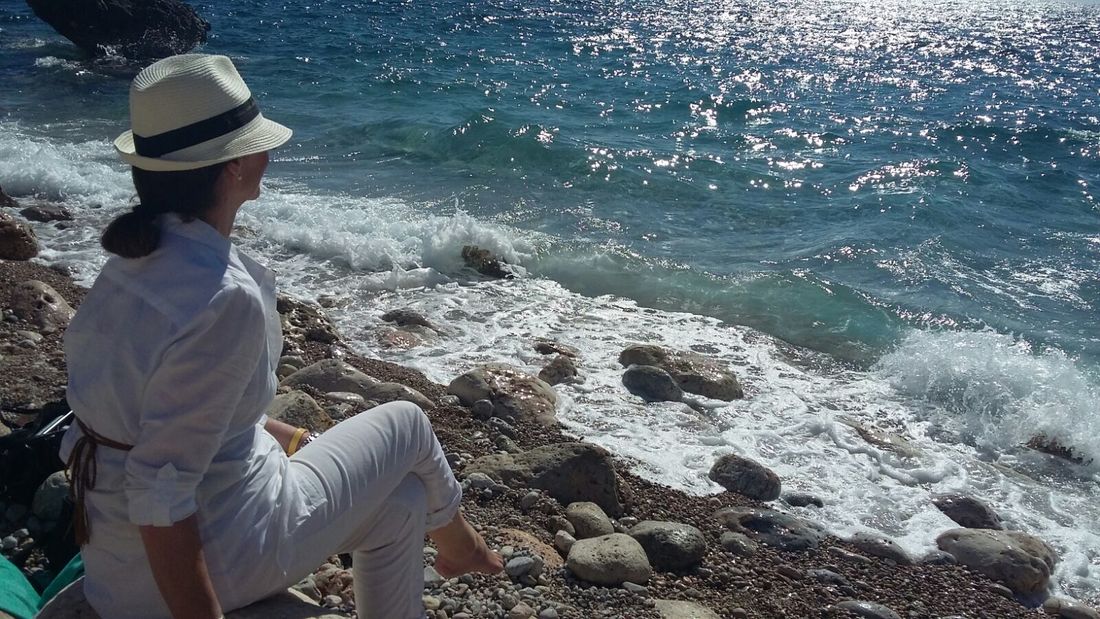Anne Maria Clarke ...invites you to take an imaginary stroll through the heart of Venice on the last night of the Carnivale....
" Imagine the scene if you will - La Piazza di San Marco, swathed in plumes of gossamer like mist on a dark February night. It’s Shrove Tuesday, night of the last excess before the Christian season of lent....."
Written & Presented - Anne Maria Clarke
Music The Fairy Tale Waltz - Courtesy of Kevin MacLoud
Audio Production David Johnson
Read the text in full - http://www.annemariaclarke.net/blog/carnevale-di-venezia-the-last-excess
Subscribe to Anne Maria Clarke's YouTube channel
http://www.youtube.com/c/annemariaclarkeMore fairy-stories, myths, legends and books byAnne Maria Clarke http://www.archivepublishing.co.uk /Transpersonal Books - Transpersonal Psychology. Understanding the Soul - Expanding Consciousness
https://twitter.com/MariaClarkewww.annemariaclarke.nethttp://www.annemariaclarke.net/blog

